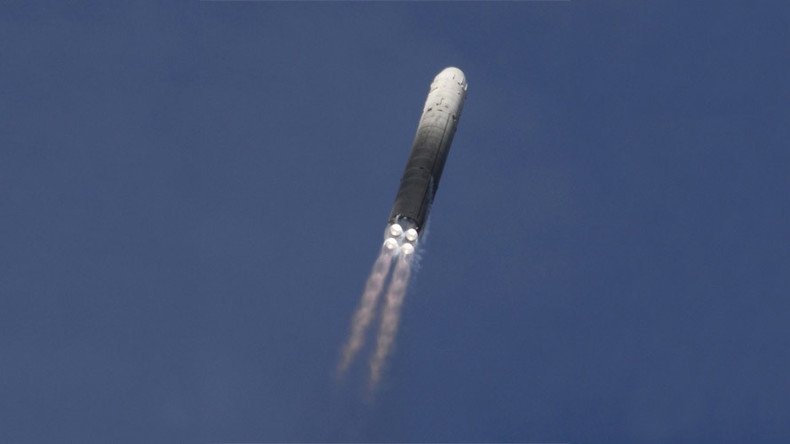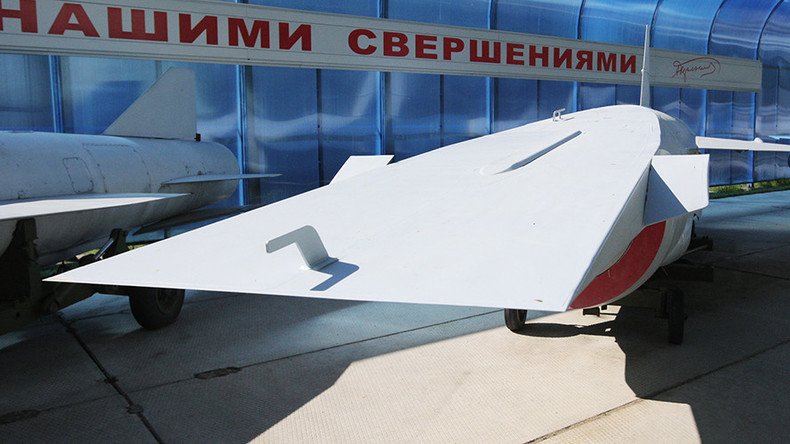Russian Strategic Missile Forces have conducted a successful intercontinental ballistic missile (ICBM) launch, testing a hypersonic cruise vehicle, Interfax reported, citing a source familiar with the issue.
The test launch was performed Tuesday using an RS-18A strategic ballistic missile (UR-100N, NATO designation SS-19 Stiletto) from a missile deployment area in the Orenburg Region, the source said, adding that the test was a success.
Russia’s Defense Ministry has neither denied nor confirmed the report.
All modern nuclear warheads are delivered on targets using ballistic trajectory that can be calculated, therefore such warheads could be intercepted. Hypersonic warheads currently in design would be capable of maneuvering by yaw and pitch, eventually becoming impossible to intercept, thus making any existing and upcoming missile defense system impotent.
The new warhead is likely to be readied for the upcoming RS-28 Sarmat heavy liquid-propelled ICBM, which is expected to enter testing later this year.
Tests of the new Russian ICBM RS-28 Sarmat, which is meant to replace the outgoing heavy silo-based Soviet R-36M missiles, dubbed “Satan” by NATO, are likely to begin in summer this year.
The RS-28 has been in development since 2009 and is scheduled to start replacing the old ICBMs in 2018.
The new missile, weighing at least 100 tons, will reportedly be capable of carrying a payload of up to 10 tons on any trajectory. This means an attack on a target could be made from any direction, i.e. RS-28 could start from Russia and fly in the direction of Antarctica, make a circumterrestrial flight and hit targets on the other side of the planet from an unexpected direction.
The Russian military plans to put Sarmat in service in late 2018 and complete replacing older variants of Satan by 2020.



